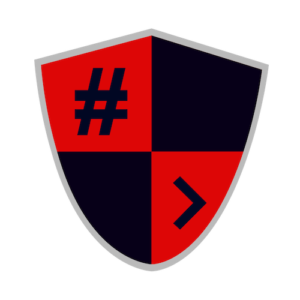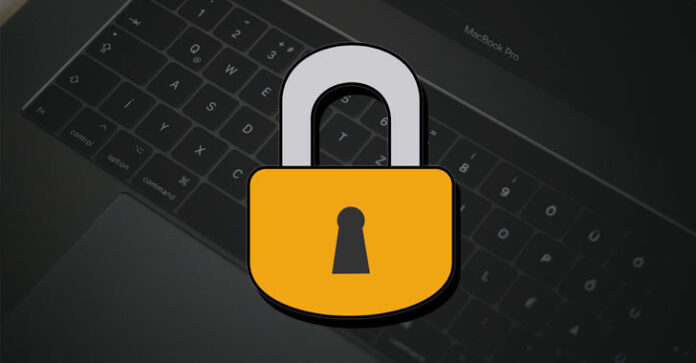Cybersecurity analysts this week found another sort of ransomware focusing on macOS clients that spreads by means of pilfered applications.
As per a few autonomous reports from K7 Lab malware scientist Dinesh Devadoss, Patrick Wardle, and Malwarebytes, the ransomware variation — named “EvilQuest” — is bundled alongside genuine applications, which upon establishment, masks itself as Apple’s CrashReporter or Google Software Update.
Other than scrambling the casualty’s documents, EvilQuest additionally accompanies abilities to guarantee tirelessness, log keystrokes, make an opposite shell, and take cryptographic money wallet-related records.
With this turn of events, EvilQuest joins a bunch of ransomware strains that have only singled out macOS, including KeRanger and Patcher.
The wellspring of the malware has all the earmarks of being trojanized forms of mainstream macOS programming —, for example, Little Snitch, a DJ programming called Mixed In Key 8, and Ableton Live — that are conveyed on famous deluge locales.
“To begin, the genuine Little Snitch installer is alluringly and expertly bundled, with a very much made custom installer that is appropriately code marked,” Thomas Reed, executive of Mac and portable at Malwarebytes, said. “Be that as it may, this installer was a straightforward Apple installer bundle with a conventional symbol. More terrible, the installer bundle was senselessly dispersed inside a plate picture record.”
macos ransomware
Once introduced on the tainted host, EvilQuest does a sandbox check to identify rest fixing and comes furnished with hostile to troubleshooting rationale to guarantee the malware program isn’t running under a debugger.
“It’s not uncommon for malware to incorporate deferrals,” Reed said. “For instance, the first-since forever Mac ransomware, KeRanger, incorporated a three-day delay between when it tainted the framework and when it started scrambling documents. This assists with camouflaging the wellspring of the malware, as the malignant conduct may not be quickly connected with a program introduced three days prior.”
It additionally kills any security programming (e.g., Kaspersky, Norton, Avast, DrWeb, McAfee, Bitdefender, and Bullguard) that may recognize or square such pernicious conduct on the framework, and sets up ingenuity utilizing dispatch operator and daemon property list records (“com.apple.questd.plist”) to naturally restart the malware each time the client signs in.
In the last stage, EvilQuest dispatches a duplicate of itself and starts scrambling records — checking digital money wallet (“wallet.pdf”) and keychain related documents — before in the end showing buy-off directions to pay $50 inside 72 hours or hazard leaving the records bolted.
However, EvilQuest’s highlights go past regular ransomware, including the capacity to speak with an order and-control server (“andrewka6.pythonanywhere.com”) to remotely execute orders, start keylogger, make an opposite shell, and even execute a vindictive payload legitimately out of memory.
“Furnished with these capacities, the aggressor can keep up full power over a contaminated host,” Wardle said.
While work is on to discover a shortcoming in the encryption calculation to make a decryptor, it’s prescribed that macOS clients make reinforcements to maintain a strategic distance from information misfortune and utilize an utility like RansomWhere? to upset such assaults.
“The most ideal method of staying away from the results of ransomware is to keep up a decent arrangement of reinforcements,” Reed finished up. “Keep at any rate two reinforcement duplicates of extremely significant information, and in any event one ought not be held joined to your Mac consistently.”





![[HINDI] What is DoS attack and DDoS attack?](https://bittentechsolutions.in/wp-content/uploads/2020/04/ddos-218x150.jpg)
![[HINDI] What is juice jacking? Think twice before using public USB ports](https://bittentechsolutions.in/wp-content/uploads/2020/04/juice-jacking-risk-1200x675-1-218x150.jpg)










